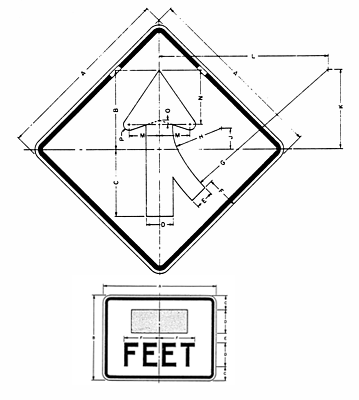Merge Sign Available Distance Proposal
Jeff D. Conrad
September 29, 2005
Proposal (8-10 minutes)
To test at a variety of locations, driver perception of installing a Merging Distance sign below the typical merge sign near Entrance / Exit ramps to highways.
Basis
|
Test Sign
Survey
Questions/Answers (3-5 minutes)____________________________________________________________ ____________________________________________________________ ____________________________________________________________ ____________________________________________________________ ____________________________________________________________ ____________________________________________________________ ____________________________________________________________ ____________________________________________________________ |
References:
- National Center for Statistics and Analysis. 2005. Fatality Analysis Reporting System (FARS) Retrieved September 29 from: http://www-fars.nhtsa.dot.gov
- Campbell, B. N., Smith, J. D., and Najm W. G. 2004. Analysis of Fatal Crashes Due to Signal and Stop Sign Violations Retrieved September 29, 2005 from: http://www-nrd.nhtsa.dot.gov/departments/nrd-12/809-779/images/FARS%20Violation%20DOT%20HS%20809%20779.pdf
- Zhang, M., Kim, T., Nie, X., and Jin W. 2001. Evaluation of On-ramp Control Algorithms. Retrieved September 29, 2005 from: http://www.nawgits.com/icdn/Final_report.pdf
- Venglar, S., Fenno, D., Goel, S., and Schrader, P. 2005. Project Bulletin 4160-4B. Project 0-4160: Operating Freeways with Managed Lanes.